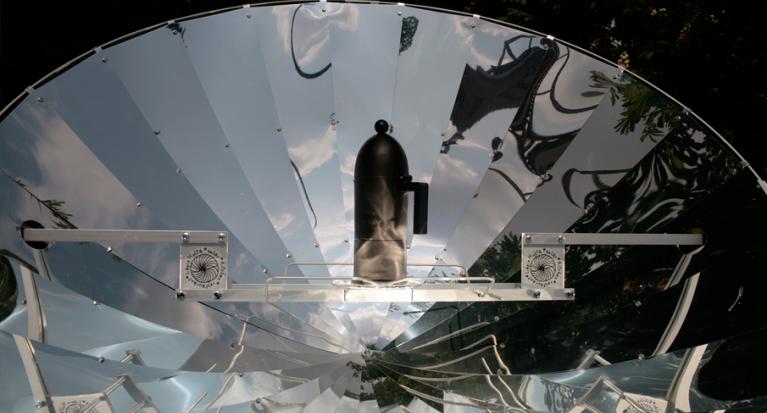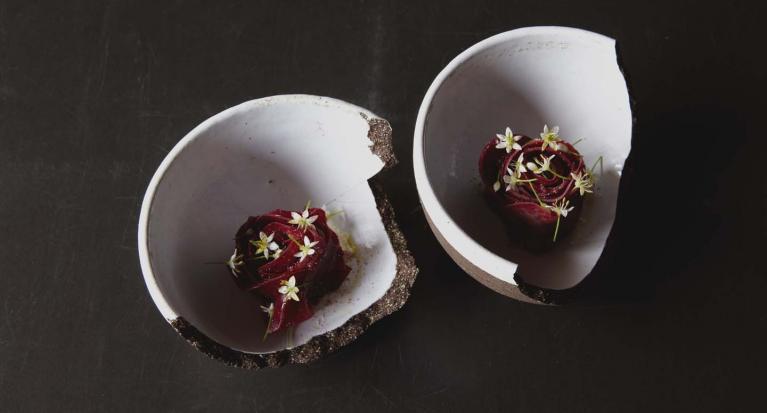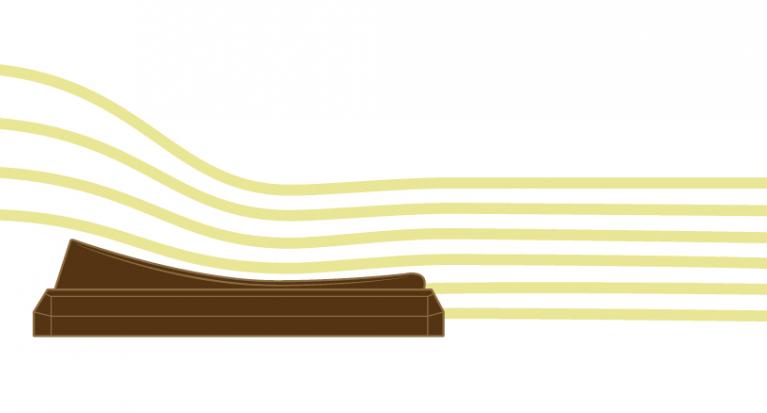Eating like fish
The future of nutrition lies underwater.
In 2013, Bren Smith, an ocean farmer and the owner of Thimble Island Oyster Co. in Long Island Sound, launched a "blue-green" revolution. He actually switched to growing seaweed deep in the ocean in 3D patterns. Kelp seeds are wrapped around 150-foot lines in a vertical underwater garden floating on ropes, stacked above oyster and clam cages. Smith says native seaweeds contain more protein than soybeans, more calcium than milk, and are packed with Omega-3 because, "Fish don’t make Omega-3s – they consume them. By eating like fish eat, consumers get the same benefits while reducing pressure on dwindling fish stock." And by refusing to sell to buyers located more than 100km away, Bren is joining the Km 0 movement.
Thimble Island Oyster Co. is a small, locally owned 60-acre farm nestled in the Thimble Islands of Long Island Sound. Although still on a modest scale, this experiment has attracted attention, including from New Yorker Magazine, the Wall Street Journal, and National Geographic. Here is also an audio report.
Bren, what gave you this idea?
My inspiration was born from failure. My farm was destroyed two years in a row by climate disasters — first by Hurricane Irene, second by Sandy. Both times I lost 80% of my oyster crop and over 50% of my gear. In the era of climate change, these powerful storms are the new normal, so I had to adapt. I began experimenting with using the entire water column — going 3D — in order to make my farm hurricane proof (the problem with hurricanes are the storm surges, which bring in three feet of mud and bury oysters and clams sitting on the ocean floor.) I also began planting other crops — seaweed — that seeded after the hurricane season and grew quickly. The downside of climate change is that it wreaks havoc, while the upside is that it spurs innovation and forces us to re-imagine both our food systems and economy.
Have you built up relationships with innovative restaurants or creators of new cuisines? How are you influencing their work?
The idea is to Eat Like a Fish! We’re re-imagining the dinner plate by eating what fish eat: plants. We’re cooking up kelp linguini and kelp ice cream – even kelp cocktails. Our seaweeds and shellfish are found in some of the best restaurants in New York, including Morimoto, Il Buco, and Louro’s – and we started the first CSF in LI Sound. We run supper clubs with one-time menus based on everything we grow on our farm. It is rare to discover a crop that is local but also exotic. When we brought our kelp to restaurants it opened up a whole wave of creativity. The idea is that it's fun, but also healthy: our seaweeds contain more protein than soybeans and more calcium than milk. And fish don’t make Omega-3s – they consume them. So by eating like fish eat, consumers get the same benefits, while reducing pressure on dwindling fish stocks.
Why do you think there is this strong impulse in contemporary cuisine to get back to the roots and elemental, raw tastes, as well as to explore new frontiers of what is edible?
I think there are two reasons. One is that the large majority of our cuisine is adopted from other cuisines. We have never slowed down and asked: what are the native crops for our region, and what kind of recipes do they inspire? So when we brought kelp to NYC, instead of sushi rolls, we explored kelp butter and kelp noodles and kelp whiskeys. Going native and raw allows us to fully re-imagine and build anew a local cuisine that is both sustainable and innovative. It's as if we've been given permission to invent again. The second reason is that we are emerging from the dark and shallow days of corporate food, which was crafted for profits, not taste, art or health. Thank goodness those days are behind us.
What do you think about a global food supply? – In some ways you’re working against this.
In the era of climate change, shipping food in from every corner of the globe is insane. And it's not a functioning system – millions go hungry while we produce more than enough to feed the world. And many of the global industrial owners care little about food. The second largest private equity firm in the US, for example, owns 40% of Peru's fishing quotas. They are playing the commodities of the market. We need food to be about food, joy and community. I refuse to sell any of my food beyond 100 miles off the farm. I run a community-supported fisheries programme where local residents can buy a share of the farm and get fresh seafood once a month.
DOSSIER Culinary Ingenuity |
| Cooking the revolution | |
| Eating like fish | |
| Putting sunshine on your plate | |
| The Gauthier experience | |
| Developing the perfect shape | |
| Bringing blue back | |
| All dossiers | |




